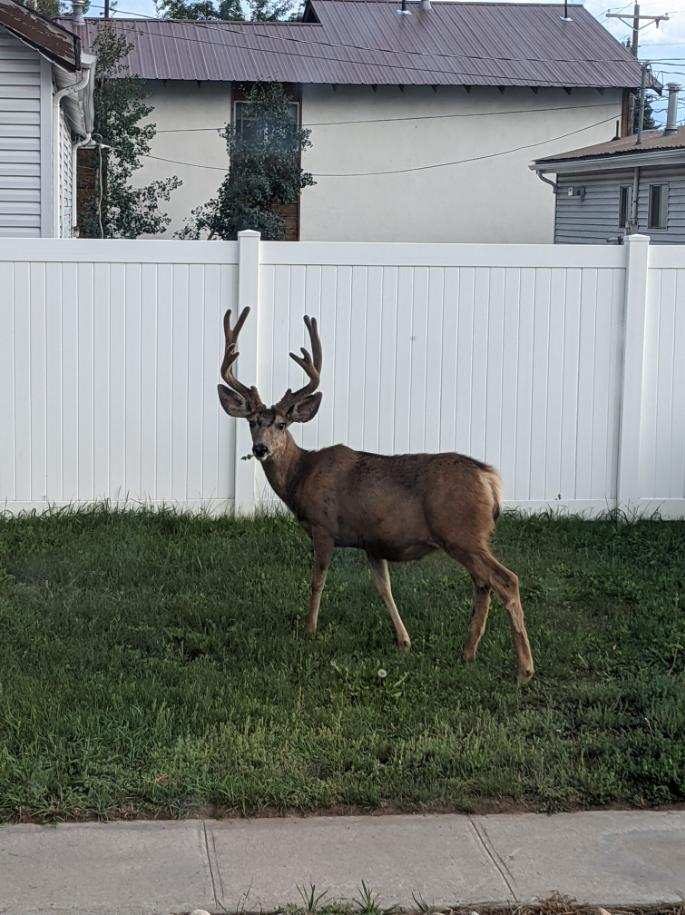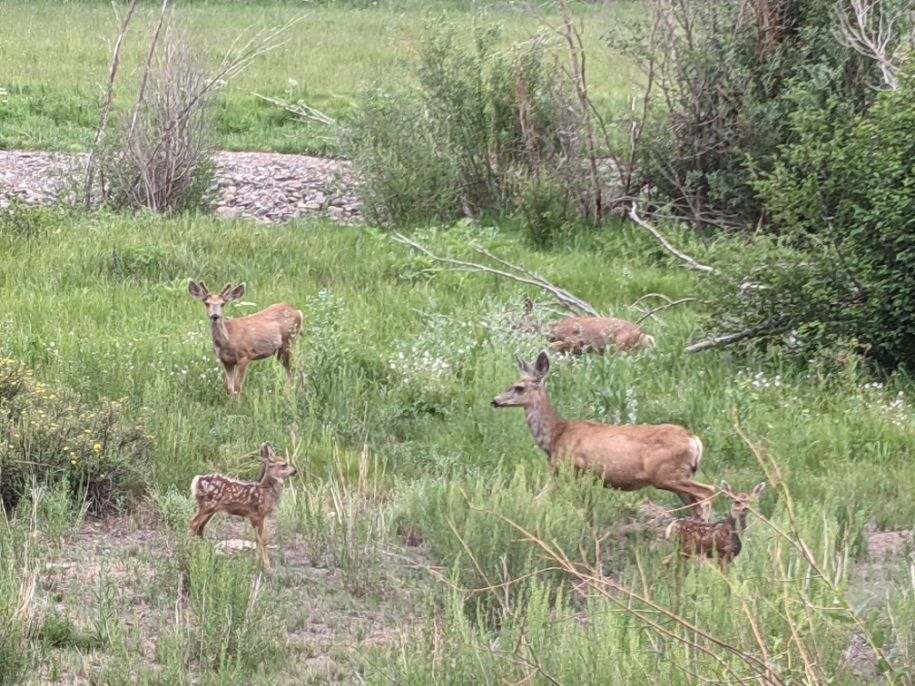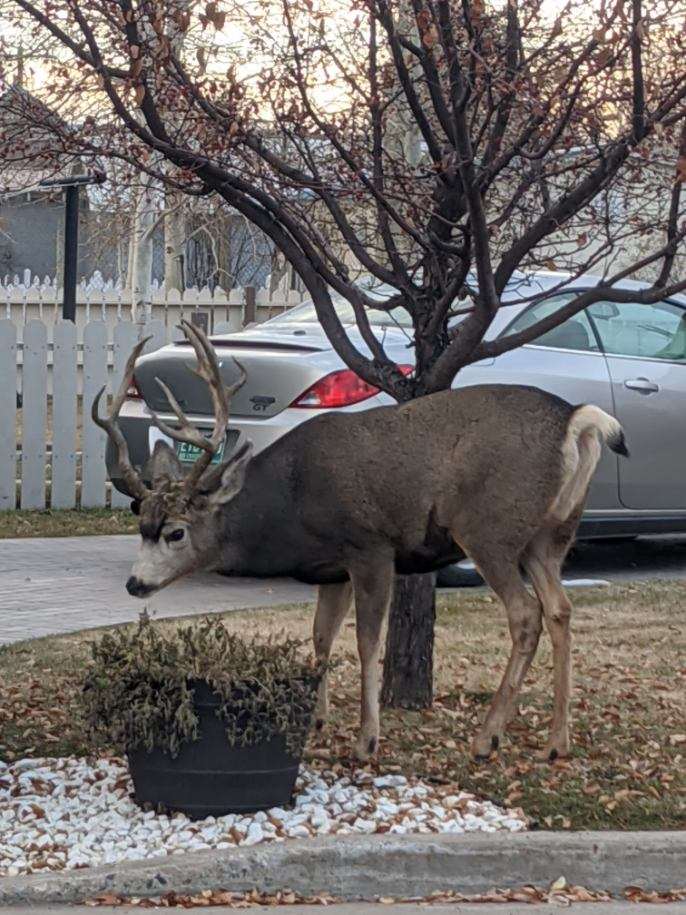A reminder amidst a recent surge of wildlife harassment
By: Raechel Hoy

Here in Gunnison, we are treated daily to idyllic scenery and a gorgeous campus. The campus is built right in the middle of nature, and we have a lot to appreciate and enjoy around town. Part of this enjoyment comes from spotting wildlife; coming face to face with the antics of playful grackle or a gentle deer plucking an afternoon snack from a crabapple tree.
However, “spotting” should be the extent of your interaction with wildlife. Because we live in nature, these animals have become our neighbors. It is important to remember that we need to treat all of these neighbors with respect.
Here are some friendly conduct reminders:
- Do not approach or chase wild animals. Animals, like people, have a personal space bubble. Respect that bubble and give them a wide berth.
- Do not yell or scream. Wild animals appreciate their peace and quiet. Loud noises may disturb their natural behavior.
- Do not throw things at wildlife, including sticks, rocks, and snow.
- Do not touch or grab wildlife. While that squirrel or deer may look soft and cuddly, it most certainly is not a pet. Trying to touch wildlife puts both you and the animal in significant danger.
- Do not litter. Ingesting trash can quickly become deadly to a hungry or curious animal
- Do not feed wildlife. The majority of human food is incredibly toxic to wildlife. Feeding animals can also make them less fearful of humans (or even make them more dependent), endangering them further. As the old saying goes: a fed bear is a dead bear; a saying applicable to all wild things.
- Do not lure wildlife. Offering food to animals to try to get them closer offers twice the danger to both parties.
- Watch out for wild animals when driving around campus: Especially as winter weather moves in, animals like deer will seek shelter under larger trees on campus and in yards to escape snow or rain, and if frightened, they may dart out into roadways unexpectedly.

Remember: wild animals are just that; wild. You can never predict how they will react. Harassing wildlife is cruel and unnecessary, not to mention dangerous. Anything with a mouth can, and will, bite to defend itself, and threatened animals will do anything in their power to protect themselves. It is best to simply never put animals in that position in the first place.
Protect the animal and yourself- do not engage beyond viewing from a distance, and do not create conflicts where none exist. Be a kind, respectful neighbor. We can enjoy the thrill of spotting wildlife without direct interaction, and acting respectful will ensure that these appearances continue, for everyone to continue to enjoy.
Colorado Parks and Wildlife reports that for big game animals like deer and elk, corn and other grains are toxic, and can lead to death (not to mention the fact that it is illegal). The danger extends to all wild animals: “While putting out food for animals like foxes and deer seems harmless, repercussions can be disastrous. Please don’t feed the wildlife!”
Food can also lure more dangerous animals such as bears, which quickly become accustomed to human food sources. It’s important to note for anyone concerned about wildlife that wild populations of a variety of animals are closely monitored by the service, and feeding operations are launched in the event of extreme weather– the average citizen shouldn’t intervene, and improper food sources can do much more harm than good.
Littering is just indirect feeding. Left behind fast food bags, snack bags (like chips), fruits and vegetables, and other food items can poison all forms of wildlife. Litter also acts as a hazard– places to get heads or other limbs caught and non-edible materials impacted in the gut.
The general advice given by Colorado Parks and Wildlife is to simply leave wildlife alone. Any genuine concerns about the safety of wildlife should be directed to the Colorado Parks and Wildlife service (not Google or other internet sources) via phone or local office.
Thank you for being a considerate neighbor, and protecting the experience of living near wildlife for all parties involved.
For more, and species specific information about avoiding wildlife conflicts, please visit: Colorado Parks & Wildlife – Living with Wildlife
For more risk information, please visit: Colorado Parks & Wildlife – Feeding Wildlife Puts Everyone at Risk


